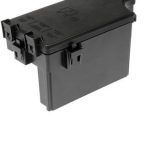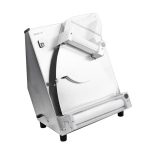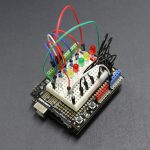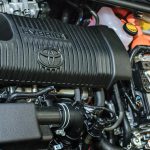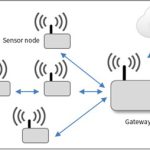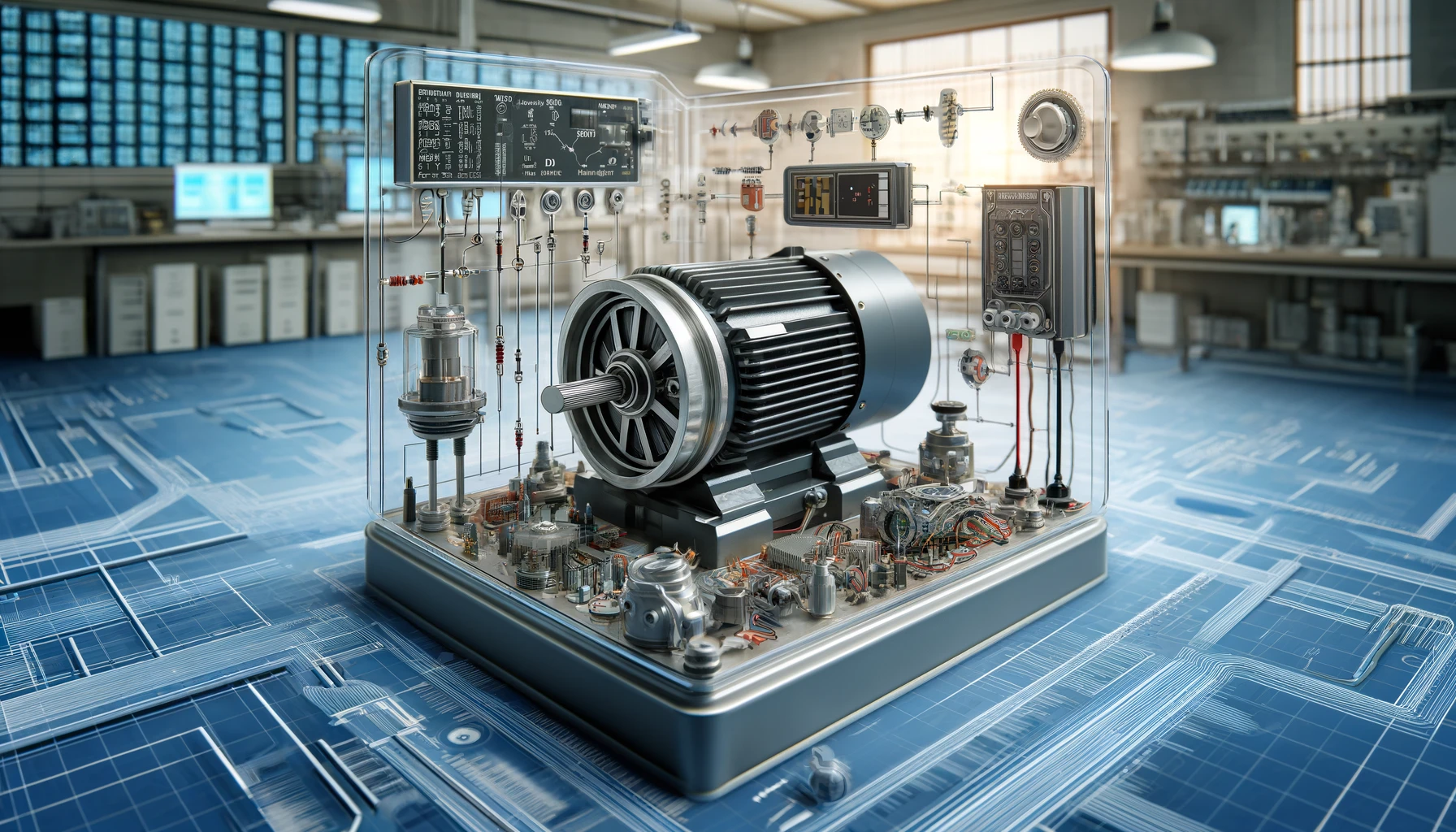
Introduction
Brushless DC (BLDC) motors are heralded for their high efficiency, longevity, and superior performance in a myriad of applications. However, achieving the highest level of performance with robust precision from these motors requires sophisticated, precise control techniques. This article explores various methods and technologies used to enhance the precision in controlling BLDC motors.
What are Brushless DC Motors?
Brushless DC motors are high-performance, advanced electric motors designed to convert electrical energy into mechanical form using DC (direct current) as a power source. Unlike traditional brushed motors, BLDC motors do not have brushes for commutation. Instead, they use an electronic driver that provides power to the motor windings through a controller. This integral controller rotates the motor by switching the phase to the windings. The elegant design of the DC motor significantly reduces wear and tear, improves efficiency, and provides better performance in various applications.
Fundamentals of Brushless DC Motors Control
Effective control of BLDC motors involves managing the speed, position, and torque. The core techniques include:
- Speed Control: Maintaining a constant speed regardless of load changes.
- Torque Control: Ensuring the motor produces the necessary torque without overheating.
- Position Control: Achieving precise positioning for applications requiring high accuracy.
Versatile Applications of Precision-Controlled BLDC Motors
Precision-controlled BLDC motors are extensively used in various applications owing to their ability to provide precise motion control. Some pivotal application versatility include:
- Consumer Electronics
- Electric Vehicles (EVs)
- Drones and Aerospace Applications
- Medical Equipment
- Robotics
- Industrial Automation
- Computer Peripherals
- HVAC Systems
- Pumps and Compressors
Basic Control Strategies for Controlling BLDC Motors
BLDC motors can be precisely controlled in various ways. Among the myriad techniques, the fundamental approaches include:
Sensor-Based Control Techniques
One of the primary methods for controlling BLDC motors is through using position and speed sensors, including resolver sensors, encoders, and Hall effect sensors. These sensors provide real-time feedback on the rotor’s position, even in harsh environments. The feedback from these sensors allows the controller to precisely adjust the timing of current flow through the motor windings, optimising motor torque and reducing energy consumption.
Sensorless Control Technique
Advancements in control technology have enabled sensorless operation, where the position of the rotor is estimated rather than measured. This method often involves monitoring back-EMF (Electromotive Force) from the motor. Sensorless controllers are cheaper and less complex but typically require more sophisticated algorithms to maintain stability and accuracy, especially at lower speeds.
Adaptive Control Techniques
Adaptive control techniques adjust the control parameters in real-time based on changes in the motor’s operating conditions. This ensures optimal performance under varying loads and environmental conditions. Additionally, this approach is beneficial in terms of versatility and real-time adjustment.
- Model Predictive Control (MPC)
MPC is an advanced technique that uses a motor model to predict future behaviour and optimise control actions. It can effectively handle multi-variable control problems and constraints. This technique anticipates future states for better control and minimises cost functions related to performance.
- Neural Network Control
Neural network control uses artificial intelligence (AI) to learn and predict motor behaviour. This method can handle non-linearities and complex dynamics and provides highly accurate control.
Advanced Precision Control Techniques for BLDC Motors
Advanced precision control techniques for BLDC motors are essential for optimising their performance, particularly in applications requiring high precision and smooth operation. Some of these technique include:
Field-Oriented Control (FOC)
Field-oriented control (FOC) is a sophisticated technique that improves the dynamic performance of BLDC motors. FOC allows independent control of the magnetic field and torque by decomposing the motor currents into two orthogonal components. This technique not only enhances efficiency but also provides exceptional control over the motor’s torque and speed characteristics, making it ideal for applications requiring precise motion control.
Direct Torque Control (DTC)
Direct torque control is another advanced technique that provides excellent control over the motor’s torque and speed without the need for feedback sensors. DTC rapidly adjusts motor voltage and current to maintain the desired torque, achieving very low ripple and high accuracy in torque control, which is crucial for applications like CNC machines and robotics.
Implementing Precision Control in BLDC Motors
Implementing precision control techniques involves optimising the performance of brushless DC motors and typically includes:
Software and Firmware
Implementing these control techniques requires robust software and firmware. These prerequisites should process sensor inputs, execute complex algorithms, and output the appropriate commands to the motor driver. The software must be highly optimised to handle real-time processing, especially for high-speed applications.
Hardware Considerations
The hardware, including the motor driver and controller, is significant in the effective implementation of precision control techniques. High-quality components ensure the motor receives accurate and timely signals, maintaining precise control over its operation.
Takeaway
Precision control techniques are essential for harnessing the full potential of brushless DC motors. These advanced precision methods offer distinct advantages in terms of efficiency, performance, and reliability. Understanding and successful implementation of these techniques can lead to superior motor performance and drive innovation in multiple industries, meeting the demands of modern technological advancements.












